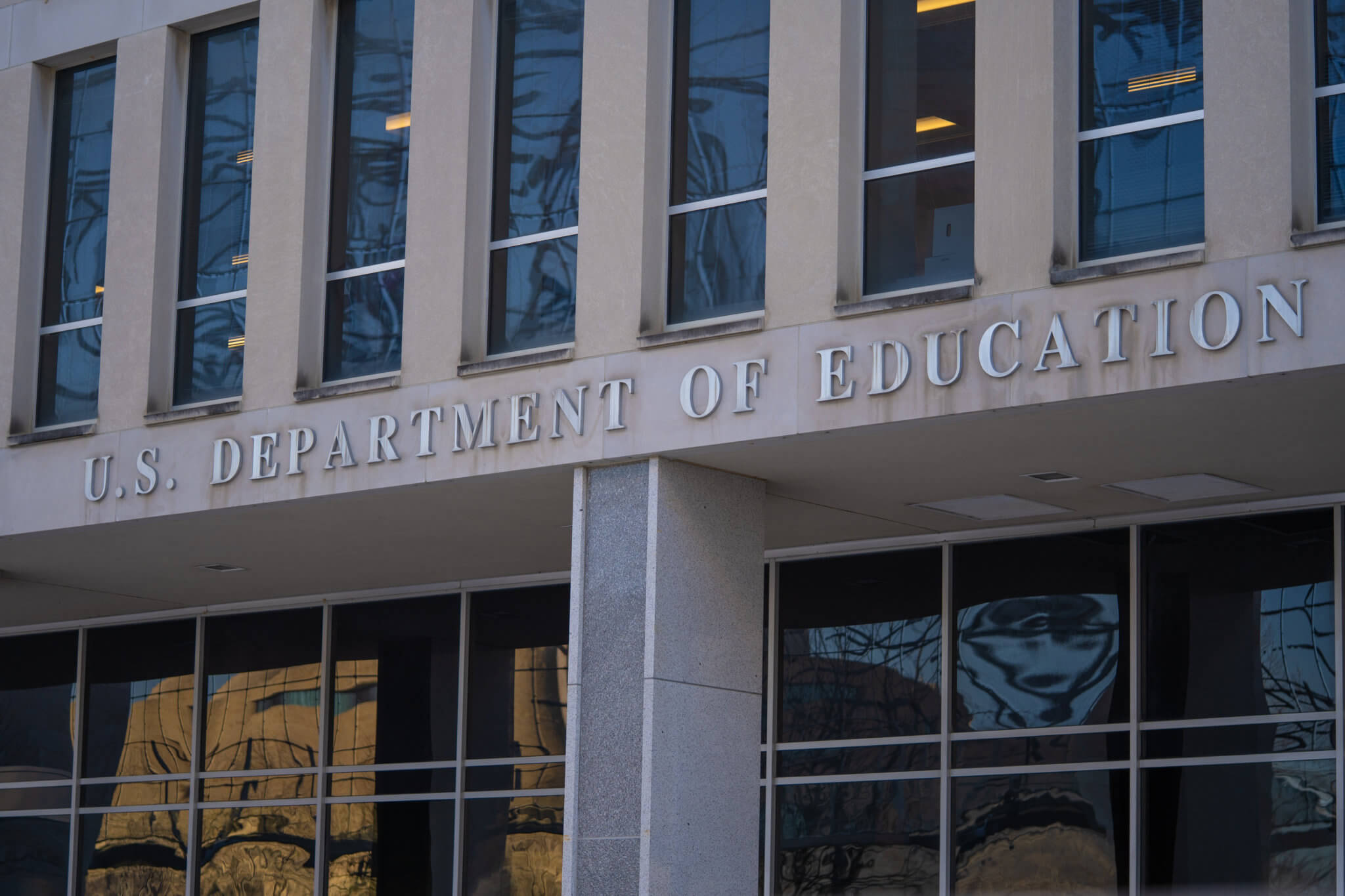Going to College and Taking on Debt Should Lead to Gainful Employment but That’s Not Always the Case. The Department of Education Can Do Something About That
Going to College and Taking on Debt Should Lead to Gainful Employment but That’s Not Always the Case. The Department of Education Can Do Something About That
The Department of Education (ED) kicked off the new year with a series of negotiations aimed at drafting regulations on higher education accountability as a key way to ensure quality. These regulations would help protect Latino and other underserved students from enrolling in risky programs that provide little educational value and often saddle students with unsustainable levels of debt.
One rule in particular, Gainful Employment (GE), has serious implications for Latino students who tend to be the first in their family to go to college, and it’s common for them to be older, have children, come from low-income backgrounds, and enroll part-time. This makes them especially vulnerable to the promises made by for-profit colleges to provide flexible schedules and gainful employment after graduation or program completion.

Originally issued in 2014 by the Obama administration, the GE rule was developed to ensure that career education programs—programs at for-profit institutions and career-oriented non-degree programs at public or private nonprofit institutions—prepare their graduates for well-paying jobs, based on a debt-to-income ratio. This means that if a program was not able to demonstrate that its graduates earned enough to cover the debt they took on to attend, they would lose eligibility to receive federal student aid from the Higher Education Act.
The rule was rescinded in 2019 by the Trump administration, but not before the public was able to have a year of data showing that 98% of failing programs were at for-profit colleges, which accounted for just one-third of the programs covered by the rule. Since the rule’s revocation, programs engaging in predatory practices have been able to continue operating, supported by federal taxpayer dollars. Worse yet, these programs have often targeted and enrolled vulnerable students while making false promises of lucrative employment after graduation. In 2019-20, 355,000 Latino and Black students were found to be enrolled in institutions where more than half of career education programs had previously failed or were in jeopardy of failing the 2014 GE rule. When in effect, the Obama-era rule would have prevented these programs from harming the Latino community and other underrepresented students by eliminating their ability to receive federal student aid.
Luis Soto Torres is one of more than 13,000 student loan borrowers who have shared their experiences with the the #CancelStudentDebt Voices campaign, a collaborative story bank project led by the Student Debt Crisis Center, Generation Progress, NAACP Youth & College, the Center for Responsible Lending, Young Invincibles, and NextGen.
He enrolled in Kaplan University online with the dream of being the first in his family to go to college. He also hoped to start a community-based business. As of 2021, he was $92,000 in debt.
“Some of the colleges and universities are using students to make money out of them. When I went, college loans were thrown at me like it was my only option to get an education,” says Torres, who shared his story through the who now struggles to make loan payments and has yet to fulfill his dream of starting a business.
Without a strong GE rule in place, Latino college completion, debt accumulation and earnings outcomes will only worsen. This is especially troubling as we know that Latino students make up a large share of the for-profit college sector compared to other institution types. Latinos make up only 20% of all students enrolled in undergraduate programs, yet they represent a quarter of undergraduates at for-profit colleges. In fact, while most of the higher education sector was experiencing enrollment drops during the height of the pandemic, the for-profit sector witnessed a 3% increase in enrollment.
These for-profits often promise them well-paying jobs right after graduation, but more than half of those institutions leave many of their graduates earning less than high school graduates. In New Mexico and Texas, Latinos make up almost half of for-profit enrollment. What’s more, in 35 states, more than half of for-profit enrollment is made up of Pell students while, at the same time, approximately half of Latinos receive these grants.
Latino students already experience lower completion rates due to a myriad of systemic barriers in higher education, but when they attend for-profit colleges, they often end up with lower completion rates, higher debt burdens, and default rates. For the 2013 cohort, the six-year graduation rate at four-year for-profit colleges for Latino students was 30%, compared to 64% at four-year nonprofit colleges. Black and Latino students also leave with $10,000 more debt, on average, than their peers attending a public two-year program. Equally as alarming, 42% of Black borrowers and 31% of Latino borrowers default on their loans within six years of enrolling. Defaulting on student loans presents serious financial consequences—it not only negatively impacts credit and financial stability but can also result in wage and tax refund garnishment for years.
These outcomes should alarm those who seek to promote racial equity in higher education, as new evidence continues to emerge on the for-profit sector’s predatory nature within majority Black and Latino communities. A recent analysis found, “majority-Latino ZIP codes have over twice as many for-profit schools as majority-white zip codes, and majority Black ZIP codes have over 50 percent more for-profit schools than predominately white ZIP codes.”
ED can restore the promise embedded in the Higher Education Act—a key civil rights law built upon the idea that additional education was essential to all Americans for social and economic mobility—by reinstating the GE rule and strengthening it so that underserved students do not fall prey to these types of programs. These programs can surely continue to operate, but federal taxpayers should not foot the sector’s bills.
We need to enroll and re-enroll Latinos in high-quality postsecondary education pathways and support them to complete their program that will lead to a family-sustaining wage. The GE rule is one of the few tools that the ED can use to protect students from bad actors in the higher education sector by ensuring that underserved students are not disproportionately being targeted to take on large sums of debt to attend low-quality programs that do not result in meaningful employment.
The next negotiated rulemaking session starts Monday, February 14 and runs through Friday, February 18. You can register here if you want to tune in virtually, but more importantly, you can also request a three-minute slot to provide public comments. This is an opportunity for the public to speak directly to the committee members and tell their story. Our team stands ready to help students, borrowers, and other individuals inform this process by telling their story. If you have a related story you’d like to share, please contact me, Roxanne Garza at [email protected].
-UnidosUS Senior Policy AdvisorRoxanne Garza authored this blog with contributions from UnidosUS Senior Education Policy Analyst Amanda Martinez.

